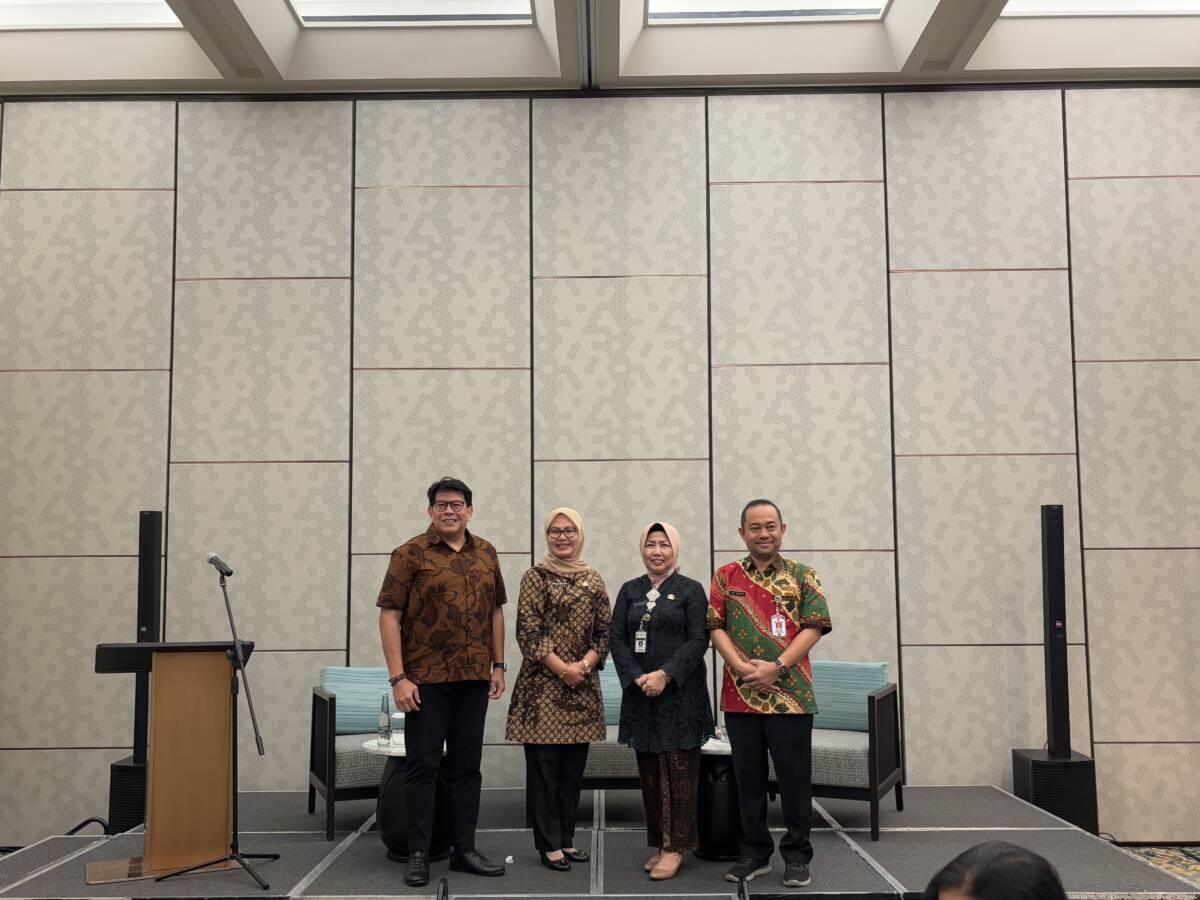Semarang, February 6, 2025 – Small and Medium Industries (SMEs) need to be encouraged to move up a class to reap greater economic benefits. For this reason, a series of efforts need to occur so that SMEs become part of the manufacturing supply chain on a provincial, national, and international scale.
To be able to increase the contribution of SMEs, SMEs must grow their businesses and become part of the national and global supply chain. The development of SMEs is important to do not only for the benefit of the industry but also to increase the contribution of SMEs to national economic growth. Currently, SMEs contribute to the National GDP by approximately 3.7%. To be able to achieve 8% growth according to President Prabowo Subianto’s ideals, the GDP contribution from the industry must be at least above 25%.
Fabby Tumiwa, Executive Director of the Institute for Essential Services Reform (IESR), in the Central Java Province SME and UMKM Competitiveness Improvement Forum explained that one of the challenges faced by small and medium industries in becoming a large industrial supply chain is the inability to meet standards, such as the maximum emission limit for a product.
“Industry players need to increase capacity, invest in clean technology, process, identify technology; and build a more efficient supply chain,” said Fabby.
Fabby also added that it is important to form an institution that can help small industries to transform their businesses. This institution needs support, must be attached to government agencies and get support from the central government, local governments and of course industry players who will utilize this facility.
Esti Wulandari, Head of the Non-Agro Industry Division of the Central Java Industry Service, said that based on data from the Central Statistics Agency (BPS), the number of industries in Central Java is 916,996 industries, consisting of 912,421 or 99.5% are small industries and 4,575 or 0.05% are medium and large-scale industries.
A number of challenges for the transformation towards a green industry were expressed by Esti, namely, first, there is no awareness from business actors to implement a green industry. Second, minimal knowledge about waste processing, factory layout, and product design including packaging. Third, the capabilities of employees and business actors are still limited because they are still focused on conventional production and sales. Fourth, limited capital and investment.
“So we agree that there needs to be a regional industry forum to facilitate business actors in transforming their businesses,” she said.
Iwan Indrawan, Central Java Trade and Industry Office said that his party encourages business actors to increase exports and provide assistance to industry.
“We realize that the process of becoming a green industry is not easy and not cheap, but currently it is a special need and concern,” he said.
Budi Setiawan, Director of Small and Medium Industries, Chemicals, Clothing and Crafts, Ministry of Industry explained that the Ministry of Industry encourages partnerships between SMEs and large industries.
“Some of the things we want to improve thematically in 2025 are how SMEs become suppliers of goods and raw materials for industries in the region. We are also working with the Green Industry Center and provincial offices to prepare SMEs to obtain green industry certification,” explained Budi.
Bambang Riznanto, Head of Formulation, Implementation, and Enforcement of Industrial Standardization (P4SI), explained the importance of small industries also understanding and meeting industrial standards so that their products can be more competitive.
“We at the Ministry of Industry are working together with BSN to formulate several standards whose purpose is to pay attention to safety; security and environmental sustainability. So the relationship is not only with consumers (users), but also with environmental sustainability,” said Bambang.
Putra Maswan, IESR Financial and Economic Analyst said that in addition to environmentally friendly products, the production process must also involve environmental and social issues and support green economy programs and carbon emission reduction.
“We see several economic benefits from the transition from conventional SMEs to green SMEs. First, resource efficiency and production cost savings; second, market access. For example, in several countries the Carbon Border Adjustment Mechanism (CBAM) has been implemented where incoming products must be green certified. Third, the green financing scheme. Finally, incentives. So there are incentives specifically given to SMEs that are already green,” explained Maswan.

